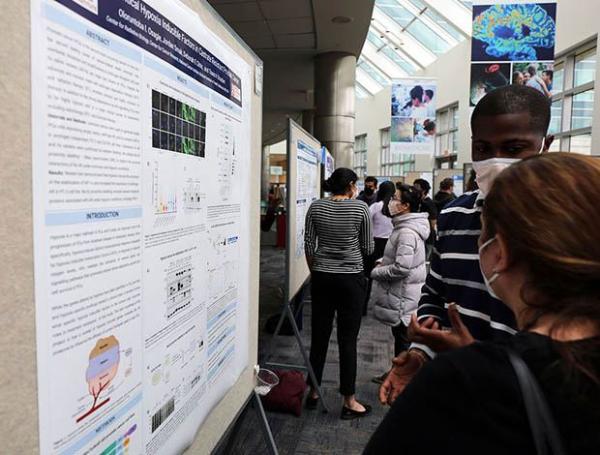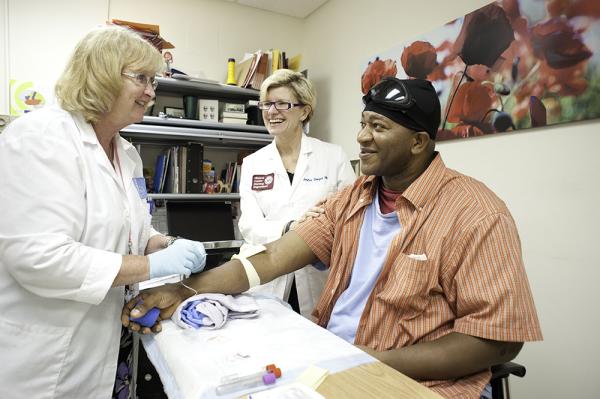A Crystal Ball for Prostate Cancer Treatment
IRP’s Dr. Adam Sowalsky Looks to Tumors’ Origins to Predict Outcomes
"Skate to where the puck is going, not where it has been." — hockey great Wayne Gretzky
Imagine two men, both diagnosed with prostate cancer. For one, the disease will remain a quiet shadow, never seriously threatening his life. For the other, it will become an aggressive adversary, resisting treatments and altering his future. This June, as Men's Health Month brings such realities into focus, a critical question echoes in clinics and labs: how can we identify early on which cancer will turn dangerous, and how can we use that knowledge to change a patient's outcome for the better?
IRP senior investigator Adam G. Sowalsky, Ph.D., believes the answer lies not just in how cancer adapts during treatment, but in the evolutionary traits it already possesses when it first emerges.





